Talk Overview
Molecular motor proteins are fascinating enzymes that power much of the movement performed by living organisms. In this introductory lecture, I will provide an overview of the motors that move along cytoskeletal tracks (kinesin and dynein which move along microtubules and myosin which moves along actin). The talk first describes the broad spectrum of biological roles that kinesin, dynein and myosin play in cells. The talk then discusses how these nanoscale proteins convert energy from ATP hydrolysis into unidirectional motion and force production, and compares common principles of kinesin and myosin. The talk concludes by discussing the role of motor proteins in disease and how drugs that modulate motor protein activity can treat human disease.
Part 2 discusses recent work from the Vale laboratory and other groups, on the mechanism of movement by dynein, a microtubule motor that is less well understood than kinesin and myosin. The lecture discusses the unusual properties of dynein stepping along microtubules, which have been uncovered using single molecule techniques. The nucleotide-driven structural changes in the dynein motor domain (elucidated by X-ray crystallography and electron microscopy) are also described. A model for dynein movement in the form of an animation is presented. However, much remains to be done in order to understand how this motor works and to test which elements of this model are correct.
The third (last) part of the lecture explains how the movement of mammalian dynein is regulated by other proteins such dynactin and adapter proteins. It also describes the effect of post-translational modifications of tubulin on dynein motility. This talk features the use of single molecule imaging techniques and biochemical reconstitution to study these problems. Unanswered questions on dynein regulation are also presented.
This video was produced in collaboration with the Lasker Foundation.
Speaker Bio
Ron Vale
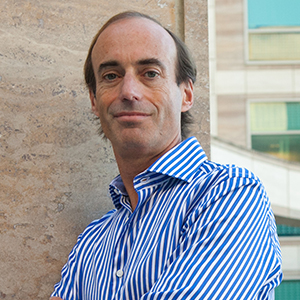
Professor of the Department of Cellular and Molecular Pharmacology; Investigator in the Howard Hughes Medical Institute
University of California, San Francisco Continue Reading
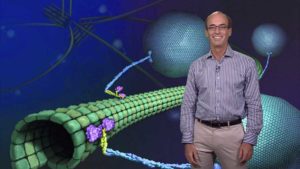
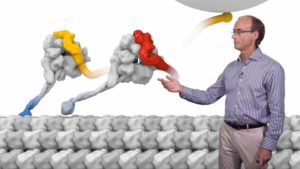
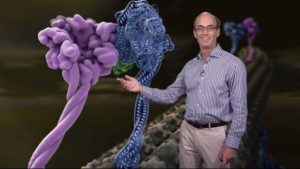
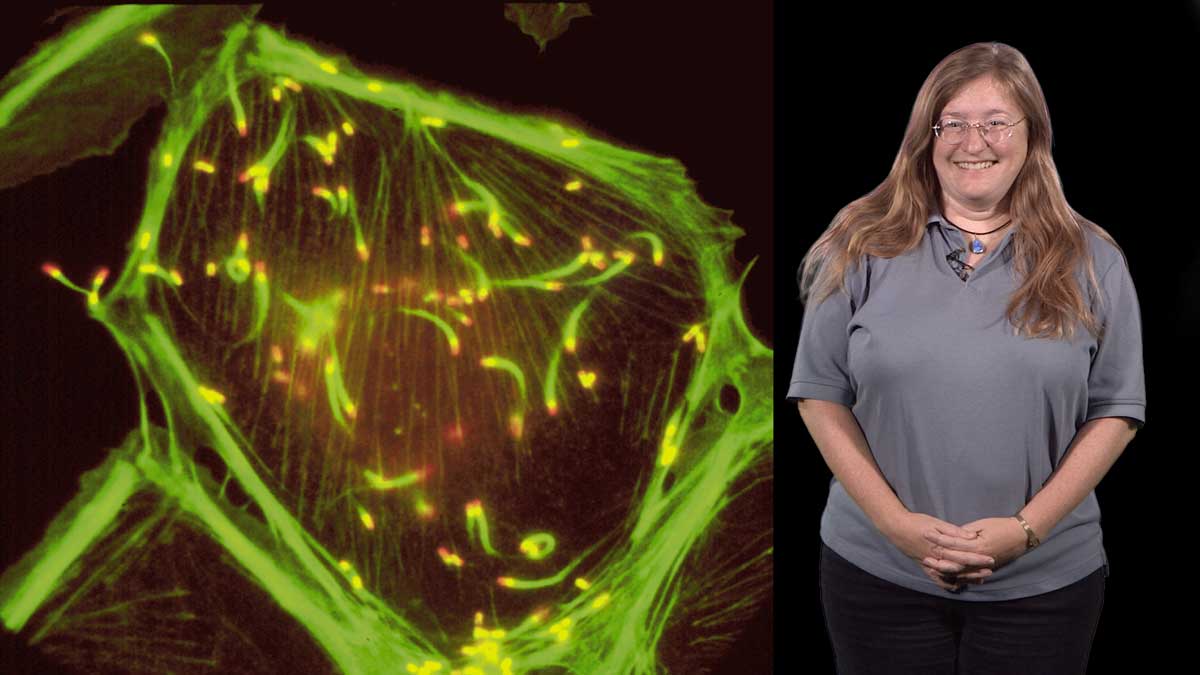
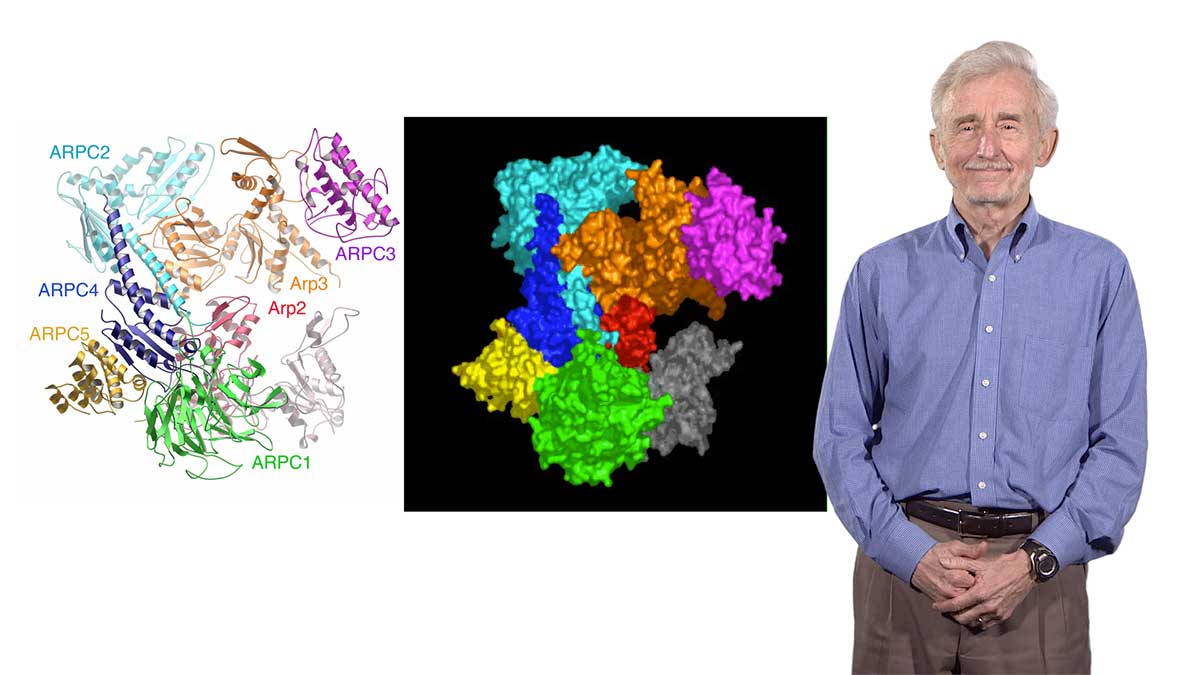
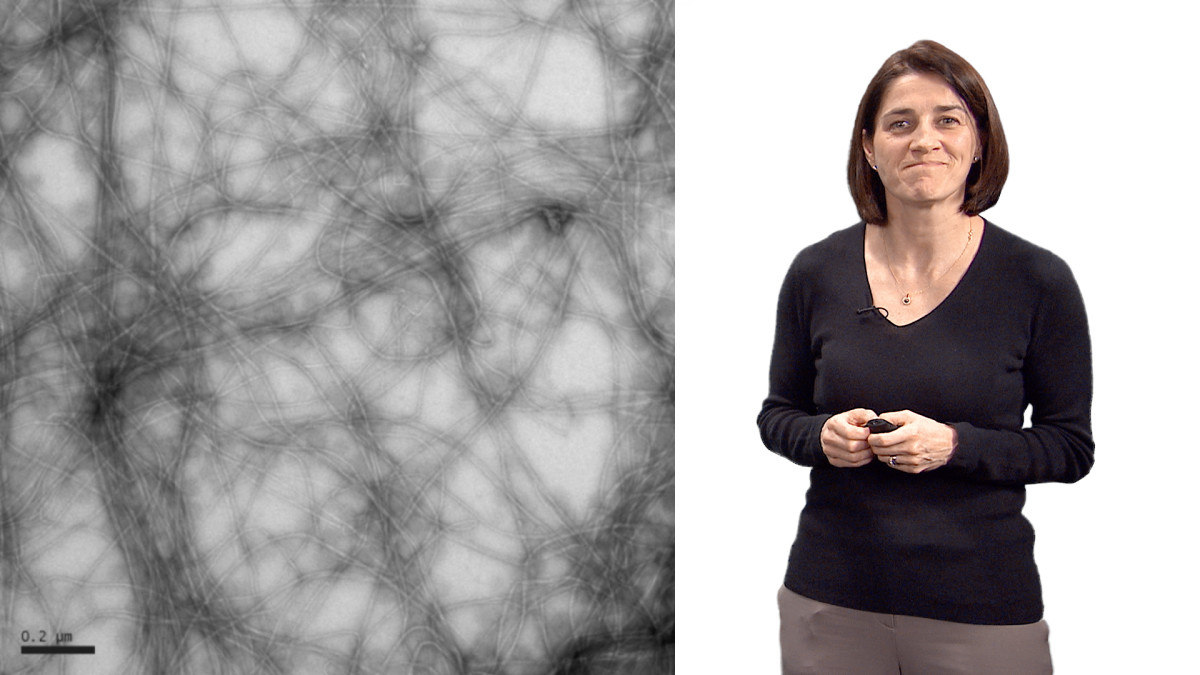
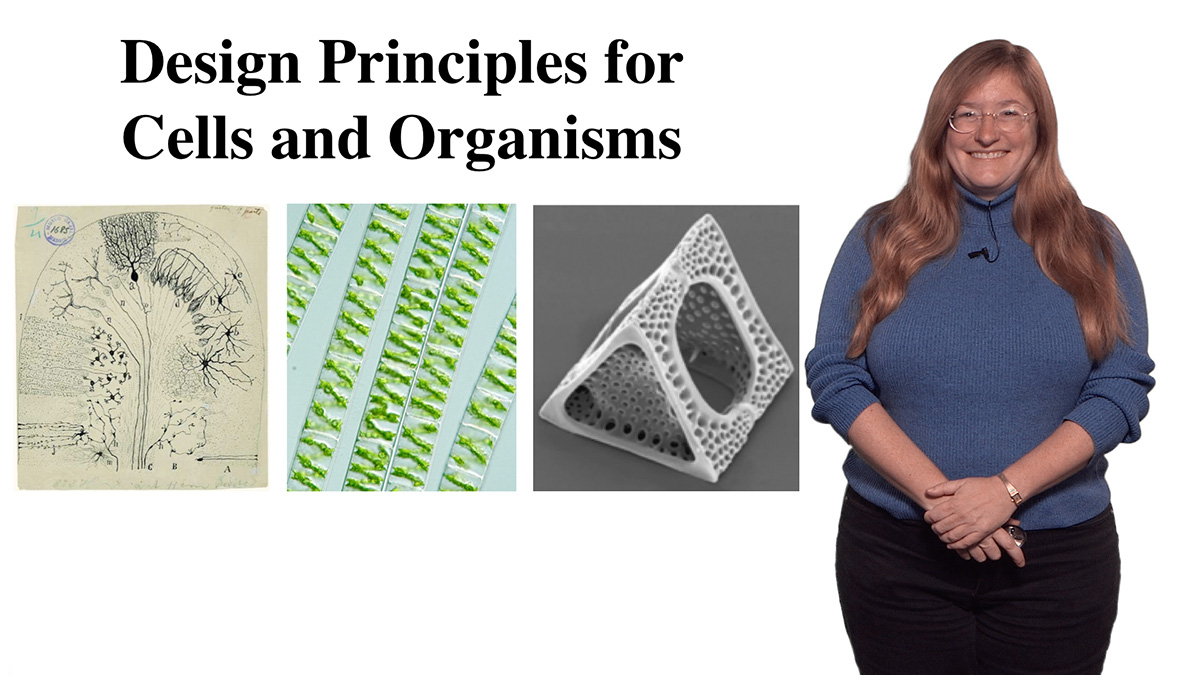





Leave a Reply